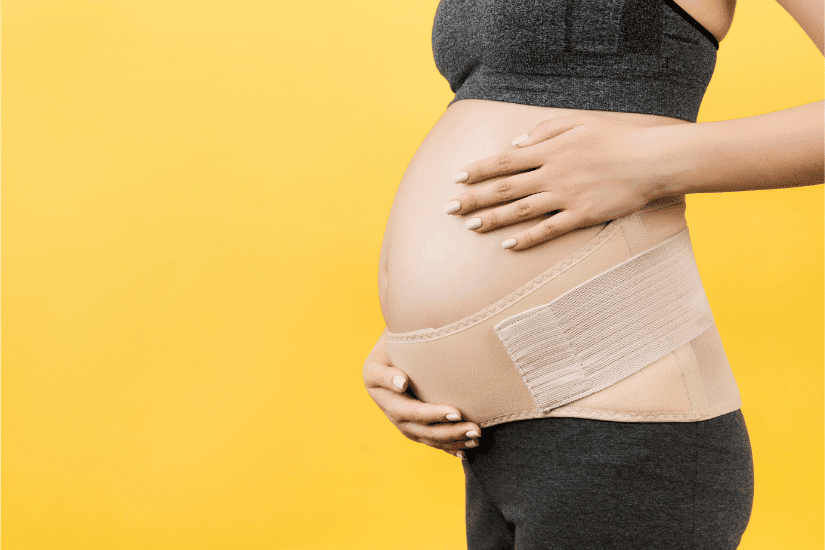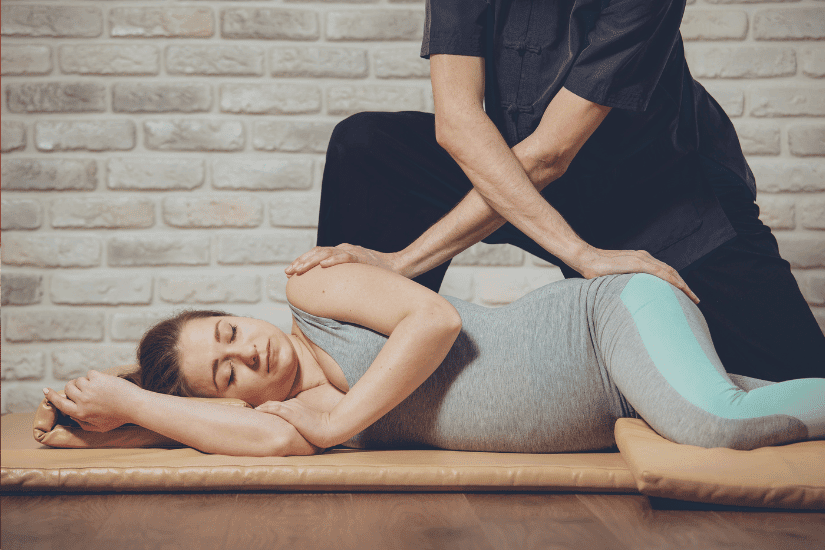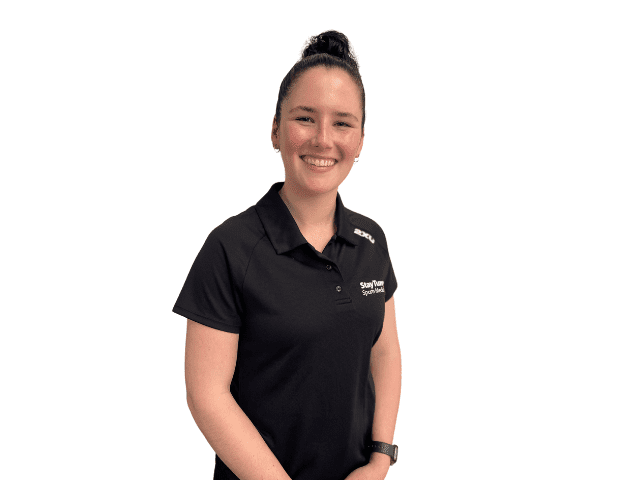Becoming pregnant is a wonderful, life-changing experience that can be both thrilling and overwhelming. It is a unique and profoundly transformative journey that shows us the exceptional capacity the human body must adapt to nurture and support the growth of new life.
Pregnancy brings about many changes in the body, each crucial to supporting the growth and development of your little one.
As osteopaths, we are here to help you navigate these changes and make your pregnancy as comfortable as possible.
What Changes Can You Expect and How Can We Help?
Table of Contents
Hormonal Changes
What’s Happening: During pregnancy, your body produces more hormones, like relaxin. Relaxin helps prepare your body for childbirth by loosening up the ligaments and joints, especially around your pelvis. This increased flexibility can sometimes make your joints feel unstable or sore (Chien, P., et al., 2022).
How We Can Help: We can use gentle hands-on techniques to ease any discomfort. We’ll also guide you through exercises that help stabilize your joints and teach you how to use supportive devices if needed. Our goal is to help you stay comfortable and mobile.

Growth of the Uterus
What’s Happening: As your pregnancy progresses, your uterus grows significantly to accommodate your developing baby. This growth is essential for providing the space and nutrients your baby needs. The uterus starts off as a small, pear-shaped organ but expands to about the size of a watermelon by the end of pregnancy.
Round Ligament Pain
What’s Happening: The round ligaments are two bands of connective tissue that support and keep your uterus in place. As the uterus enlarges, these ligaments stretch and can sometimes spasm, leading to pain in the lower abdomen or groin. This pain, known as round ligament pain, can feel sharp, cramping, or like a pulling sensation and is usually felt on one side (Mogren, I., & Pohjanen, A. I., 2019).

How We Can Help: Osteopaths can provide relief through soft tissue techniques to ease tension in the muscles around the round ligaments. We can also use gentle joint mobilisation to align the pelvis and lower back, which may reduce strain on the ligaments. Gentle stretching exercises can also be effective in relieving discomfort.
Increased Pressure on the Bladder
What’s Happening: As the uterus grows, it presses down on your bladder, leading to more frequent trips to the bathroom and a constant feeling of needing to urinate. This increased pressure can also sometimes lead to urinary incontinence or leaks (Haylen, B. T., et al., 2021).
How We Can Help: We can recommend pelvic floor exercises to strengthen the muscles that support the bladder. This can help manage urinary symptoms and improve bladder control (Dumoulin, C., et al., 2020).

Changes in Digestive Function
What’s Happening: The growing uterus can push up against your stomach and intestines, leading to digestive issues such as heartburn, indigestion, or constipation. This pressure can slow down digestion and make it harder for your body to process food efficiently (Bolz, N. G., et al., 2023).
How We Can Help: Osteopaths can use techniques to alleviate digestive discomfort, such as gentle abdominal massage and methods to promote better digestion. We can also provide advice on dietary changes and recommend positions to ease heartburn and other digestive issues (Pilkington, K., et al., 2016).

Increased Pressure on the Diaphragm
What’s Happening: As the uterus expands, it pushes upwards against your diaphragm, which can reduce its ability to fully descend during inhalation, leading to a sensation of breathlessness or shallow breathing (Hegewald, M. J., & Crapo, R. O., 2011).
How We Can Help: We can teach you breathing exercises to improve diaphragmatic function and enhance lung expansion (Gundogdu, G., & Arıkan, D. C., 2020). Additionally, osteopathic techniques can help alleviate any associated physical discomfort in the chest and upper abdomen.
Back Pain and Pelvic Discomfort
What’s Happening: The weight of the growing uterus shifts your center of gravity forward, which can strain your lower back and pelvis, leading to back pain, pelvic discomfort, and even sciatica (pain that radiates down the leg).
How We Can Help: Osteopaths use manual therapy to address back pain and pelvic discomfort. We offer hands-on techniques to realign the spine and pelvis, along with exercises to strengthen the lower back and pelvic muscles.

Weight Gain and Fluid Retention
What’s Happening: Gaining about 10-15 kg during pregnancy is normal. This extra weight and fluid retention can put additional pressure on your pelvis and lead to pelvic pain or discomfort. It can also affect your digestive system, causing issues like heartburn or constipation (Durnwald, C. P., & Mercer, B. M., 2004) and making it difficult to move comfortably.
How We Can Help: We use manual therapy techniques to relieve pressure and improve pelvic alignment. We’ll also provide exercises to strengthen the muscles around your pelvis and support your overall mobility.
By addressing these changes holistically, osteopaths aim to support you through your pregnancy, helping you stay as comfortable and healthy as possible.
Dr Emily Sandman
Osteopath

References
Chien, P., et al. (2022). Relaxin and Joint Instability During Pregnancy. Journal of Obstetrics and Gynecology.
Mogren, I., & Pohjanen, A. I. (2019). Pelvic Girdle Pain and Low Back Pain During Pregnancy: A Review. Scandinavian Journal of Pain.
Haylen, B. T., et al. (2021). Pelvic Floor Dysfunction and Urinary Incontinence in Pregnancy. International Urogynecology Journal.
Dumoulin, C., et al. (2020). Pelvic Floor Muscle Training Versus No Treatment for Urinary Incontinence in Pregnancy. Cochrane Database of Systematic Reviews.
Bolz, N. G., et al. (2023). Pregnancy-Related Digestive Issues and the Role of Osteopathic Manipulative Treatment. Digestive Health Journal.
Pilkington, K., et al. (2016). The Effectiveness of Osteopathic Manipulation in Treating Gastrointestinal Symptoms During Pregnancy. Journal of Alternative and Complementary Medicine.
Hegewald, M. J., & Crapo, R. O. (2011). Respiratory Physiology in Pregnancy. Clinics in Chest Medicine.
Gundogdu, G., & Arıkan, D. C. (2020). Breathing Techniques for Pregnant Women. International Journal of Obstetrics and Gynaecology.
Durnwald, C. P., & Mercer, B. M. (2004). Effects of Maternal Weight Gain on Pregnancy Outcomes. American Journal of Obstetrics and Gynecology.

